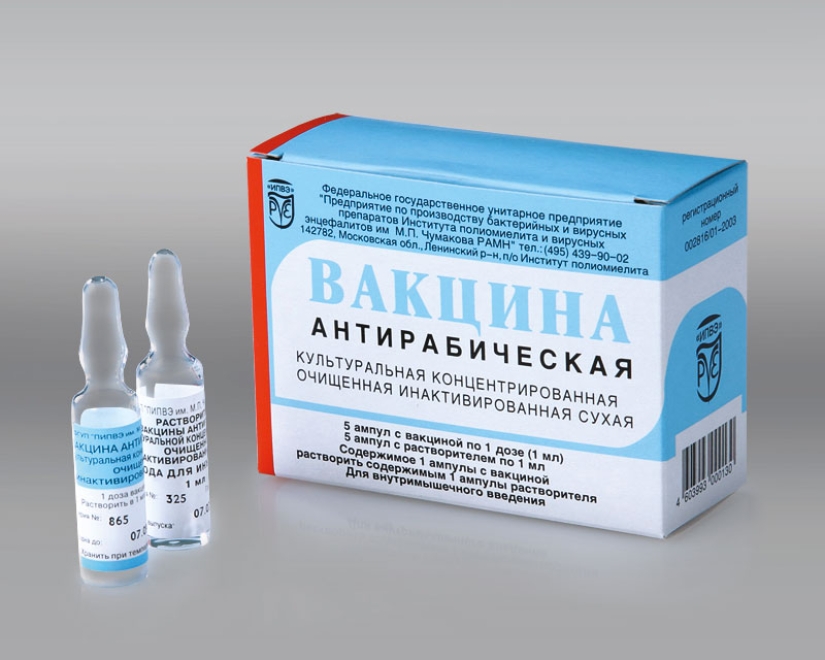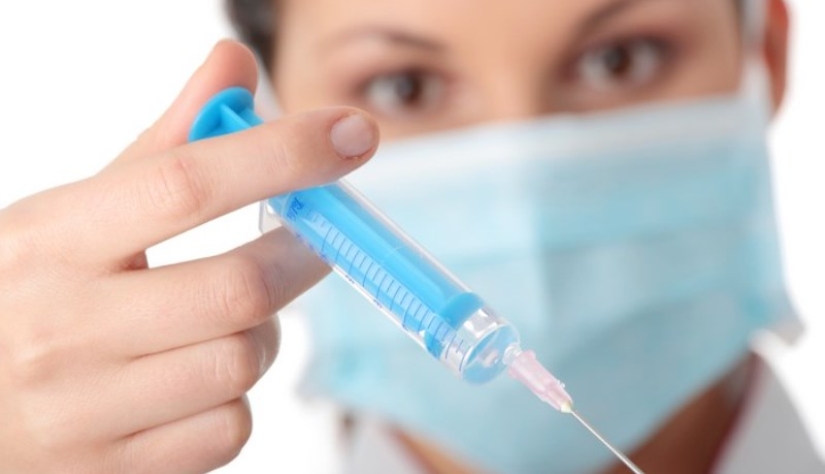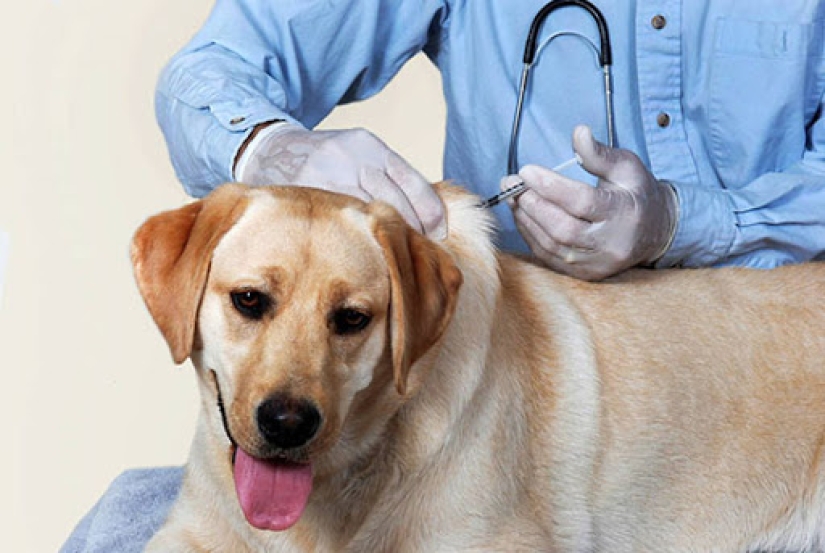40 injections in the stomach, or the whole truth about rabies vaccinations
Categories: Health and Medicine
By Pictolic https://pictolic.com/article/40-injections-in-the-stomach-or-the-whole-truth-about-rabies-vaccinations.htmlRabies, or scientifically rabies, is an extremely serious infectious disease that primarily affects the brain and spinal cord. When the causative agent of this disease enters the human body, it is very important to provide emergency assistance, otherwise the sick person will face almost inevitable death. At the same time, for many years it was believed that only 40 injections of the vaccine, which were made without fail in the stomach, could save from rabies.

Surely the horror story about the notorious 40 injections in the stomach, which are put after a bite of a dog or any other animal, was also heard by your dads and moms. These injections, which, in addition, were said to be very painful, frightened children, who were so greedy for communication with street animals. What is the reality of rabies vaccination these days?
Cases of rabies are periodically recorded throughout the world, except for the continent of Antarctica and countries such as Japan, New Zealand, Australia, and the United Kingdom. In 99%, the sources of infection are mammals - dogs, cats, foxes, wolves, small rodents and bats.
The greatest chance of contracting rabies is through a bite, slightly less often the infection is transmitted by contact with saliva, and very rare cases of aerosol infection. The incubation period of the disease can be from 10 days to 3 months - it all depends on the number of bacteria that got into the wound and on the place where the person was bitten.

If the wound is on the head, then the disease develops rapidly, and if the attacking animal bit the person on the limb or in the torso, then the incubation period will be longer. The first signs of rabies are itching and pain at the site of the bite. Then the patient's temperature rises, there is a feeling of tightness in the chest, photophobia and hydrophobia.
In patients with rabies, even the thought of water causes spasms of the larynx and convulsions. Of course, such a patient cannot drink on his own. In almost 100% of cases, the disease ends in complete paralysis and painful death.
Today, medicine has taken a significant step forward in the fight against rabies. No, we have not yet learned how to treat such patients and they still die. But on the other hand, effective and less hazardous to health vaccinations have appeared than 20-30 years ago. Today, to prevent rabies, a person is given the CoCAV vaccine.

It is used if a person was bitten or licked by an unknown animal that died after that within 10 days. If it is known for certain that the animal has been vaccinated against rabies, the victim is simply observed for several days after the bite. Rabies vaccination is done in several stages according to a special scheme - on the first, third, seventh, fourteenth, thirtieth and ninetieth days.
Most countries in the world now use an effective rabies vaccine, supplied in powder form, from which an injection solution is prepared. Injections are made intramuscularly - usually in the deltoid muscle of the shoulder. Often they are vaccinated even without bites, but simply to protect specialists who, by the nature of their work, are in contact with wild or homeless animals, for example, veterinarians.
Preventive vaccinations are not done once and for all. They are valid for only three years, after which the procedure must be repeated. Rabies vaccinated after injection of the vaccine must follow a number of strict rules. Within six months, you can not drink alcohol, otherwise epileptic seizures or convulsive seizures may begin.

On the first day after the injection, you should not overcool or overheat, or come into contact with water. Then the person will have to limit himself to physical activity, sunbathing and swimming in open water for 6 months. But all this is better than death from rabies, which is inevitable if the infection enters the body and the vaccine is not given on time.
The infectious diseases doctor of the Infectious Clinical Hospital No. 1 Sofia Rusanova, in an interview with journalists from the AiF publication, warned against amateur activity in case of bites, scratches or saliva by unknown and wild animals. Yes, bites to the head, neck and chest are considered the most dangerous, but this does not mean that you can ignore a finger bitten by a dog. The only question is how quickly the disease will develop.
If the causative agent of rabies has entered the body, then you need to consult a doctor immediately and only a specialist decides whether vaccination is needed or not. If the symptoms of rabies have already appeared in the patient, then he is doomed and not a single vaccine will help him.

Sometimes, together with the vaccine, the victim of the attack of the animal is injected with anti-rabies immunoglobulin. Usually, such a measure is resorted to in case of dangerous bites close to the head or if it is known for sure that the animal is sick. Sofia Rusanova warns that it is much better to prevent a disease than to be vaccinated and worry later:

Well, as for 40 injections in the stomach, then this method has long sunk into oblivion. But we can say that this horror story perfectly performed its functions for many decades. More than one generation of our compatriots thought about whether it is worth stroking an unfamiliar dog precisely because of the fear of falling into the hands of doctors with syringes. There are other myths about rabies that are long overdue.
Recent articles

Most of us think that the color of the eggshell does not play any role and it is possible not to pay attention. But it's not and ...

The more we rely on technology, the more potential power hackers gain over us. It doesn't matter if their goal is to help or cause ...

Creating a good portrait is one of the most difficult tasks for any photographer. In order to make a really natural and memorable ...